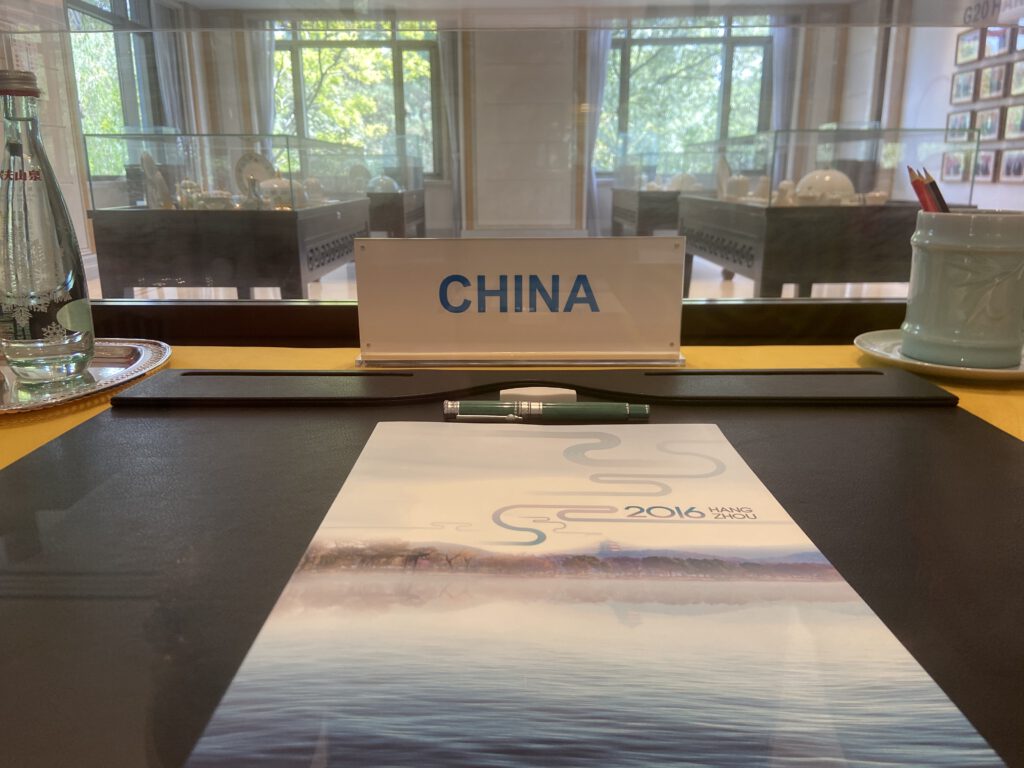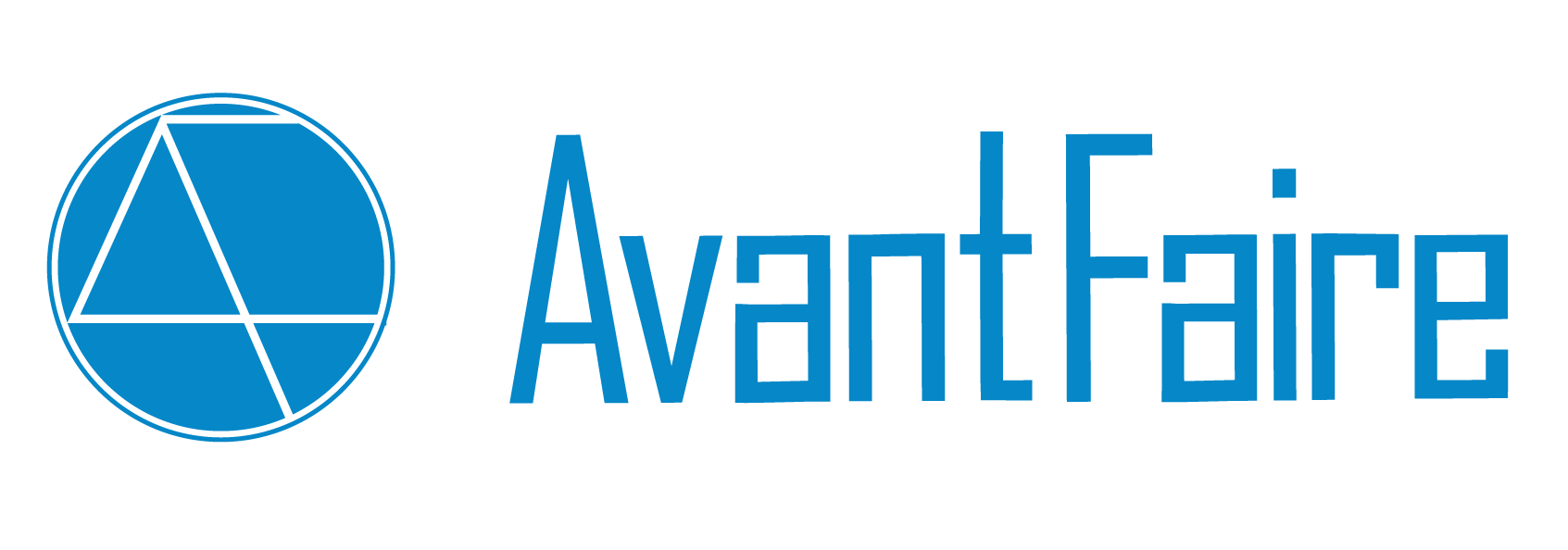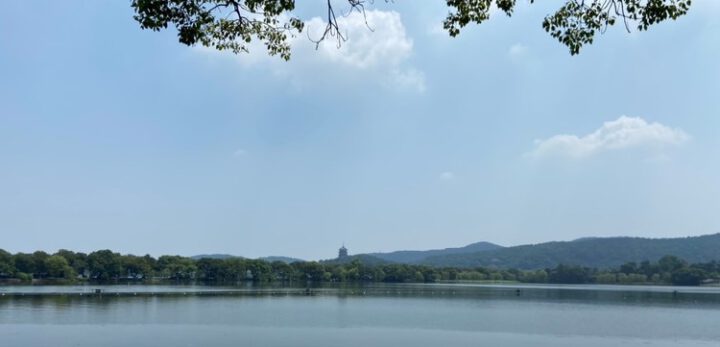The Paris Agreement and COP-21 are arguably the most important symbolic milestones achieved in the fight against climate change. They managed to raise global awareness around the threat of climate change and urged people from all corners of the Earth to unite and achieve a common goal.
It is in this spirit of international cooperation that AvantFaire has recently visited the Hangzhou National Hotel in China, venue of the 2016 G20, where China formally ratified the Paris Agreement the day before the G20. The visit was inspiring for us at AvantFaire: as impact investing practitioners, we were reminded to cherish and take action to honor the Paris Agreement and the commitment it stands for.

A little background
On 12 December 2015, the 21st Conference of Parties (COP) to the United Nations Framework Convention on Climate Change (UNFCCC) reached a milestone in the fight against climate change: the Paris Agreement.
In the words of the UNFCCC, the objectives of the Agreement are “[…] to combat climate change and to accelerate and intensify the actions and investments needed for a sustainable low carbon future”. The Paris Agreement is the first of its kind that “[…] brings all nations into a common cause to undertake ambitious efforts to combat climate change and adapt to its effects, with enhanced support to assist developing countries to do so”. (Source: UNFCCC)
The UNFCCC goes on to state that “[t]he Paris Agreement central aim is to strengthen the global response to the threat of climate change by keeping a global temperature rise this century well below 2 degrees Celsius above pre-industrial levels and to pursue efforts to limit the temperature increase even further to 1.5 degrees Celsius”. (Source: UNFCCC)
The Paris Agreement was indeed a landmark accord, showing the willingness of nations to come together and act as one to achieve a common goal. The world believed that a coordinated effort would yield more effective results than acting individually.
The road to the Paris Agreement
The path to the Paris Agreement was no easy feat. It took years of negotiations, the involvement of public institutions, private actors, think tanks, and NGOs, six COP summits, and separate bilateral agreements between countries.
The work done since 2009 set the stage for COP-21 which culminated into the adoption of the Paris Agreement on 12 December 2015. For the Agreement to actually come into force, many challenges had to be overcome. Let’s look at some of them:
Lack of standardized greenhouse gas (GHG) measurement: within the scope of the Paris Agreement, countries define their own Nationally Determined Contribution (NDC), i.e. by how much they intend to reduce GHG emissions at a national level. The lack of one internationally accepted GHG measurement standard represents a considerable complication to the reporting of the progress made by a country towards its emission reduction targets. (Source: UNFCCC)
Commitments Vs. Promises: one of the most frequent criticisms to the Paris Agreement is that the emission reduction targets are not binding in terms of international law. Therefore, there is a fear that this leads to a lack of commitment to the cause, and that countries decide on NDCs “low enough” to allow them to focus first on their political and economic priorities. Here is an example of one such criticism to the soft commitment that the NDC might represent. It is worth noticing though that targets need to be ambitious and are supposed to be increasingly so, and that countries are legally bound to track their progress.
Emerging and developed countries face different issues: the Paris Agreement has been ratified by both emerging and developed countries which are all required to abide by harmonized monitoring, reporting, and verification requirements every two years (the “Enhanced Transparency Framework”). However, given the different circumstances in which developed and emerging countries find themselves in, the Agreement had to account for some flexibility and support. For this reason, a flexibility mechanism and an assistance initiative were included in the Enhanced Transparency Framework to facilitate the adherence to the framework by emerging countries.
Lack of government and nonprofit supports: The road to the Paris Agreement was long and arduous, and the Parties to the UNFCCC had to overcome several challenges to reach an agreement. It all started at the COP-15 Summit in 2009, where the non-binding Copenhagen Accord was formally endorsed by the UNFCCC.
It took another six COP (Cancún, Durban, Doha, Warsaw, Lima, Paris) summits to reach the Paris Agreement as we know it. Each year’s COP brought us a step closer to formalizing an agreement, but intense diplomatic efforts and skilled negotiations went into the process. NGOs, public, and private actors had to come together and adopt an inclusive approach, taking everybody’s perspective into consideration. As Robert Falkner (see Bibliography at the end) correctly stated, the Paris Agreement “[…] would not have been such a success had the parties not aimed for a decentralized, bottom-up process of voluntary pledges”.
What garnered support for the Agreement was the fact that it stepped away from imposing regulations from the top. This counter-intuitive approach won the support of major GHG emitters because it gave them the freedom to set their own emission reduction targets. (Source: see Bibliography at the end)
In preparation to the COP-21 summit, symbolic steps were taken in a very strategic manner to ensure the success of the Paris Agreement. However, there were still challenges related to the actual ratification of the Paris Agreement by the Parties. Paradoxically enough, it is the international nature of the Agreement which proved to be one of the biggest challenges to its ratification and subsequent implementation. The Agreement contains the following “double threshold” clause that had to be met for the Agreement to be adopted:
“ratification by 55 countries that account for
at least 55% of global emissions”
This double-threshold was eventually met and the Agreement went into force on 4 November 2016, but it took countries long internal negotiations to get there, as international agreements such as the Paris one must be ratified by the governments of countries wanting to adopt them, and this could present some complications.
G20 in China in 2016
Creative thinking played a major role in overcoming obstacles on the way to the ratification of the Agreement. From an Asia-centric perspective, it is interesting to acknowledge the role played by the historic Climate Pact Ratification ceremony held in Hangzhou, China, on 3 September 2016.

It is in this occasion that China formally joined the Paris Agreement. By holding this Ceremony the day before the G20, the UN sent a strong message to call on all countries to join the fight against climate change. This strategy achieved the goal to accelerate the ratification process by other countries (Source: UN News)
It is worth noting that the G20 in China also saw the adoption of the Green Finance Study Group, which is co-chaired by China and the United Kingdom and supported by the UN Environmental Programme. The adoption of the Green Finance Study Group was a major milestone, as it officially promoted green finance (i.e. sustainable finance) as a main tool to combat climate change. This step was particularly important to involve more private actors into the cause (Source: UNEP)

At AvantFaire, we deeply believe that the spirit of the Paris Agreement is embedded in the United Nations Sustainable Development Goal (UN SDG) 17 – Partnership for the goals (you can read more here):
“Strengthen the means of implementation and
revitalize the global partnership for sustainable development”
The entry into force of the Paris Agreement shows the political willingness within the public sector to combat climate change. What the UN SDG 17 advocates is to leverage private capital as well to form new and creative ways to achieve a net-zero emission world faster and more effectively.
Let us know what you think in the comments section of our LinkedIn post!
Bibliography:
Falkner, R. (2016). The Paris Agreement and the new logic of international climate politics. International Affairs, 92(5), (pages 1107-1125).

